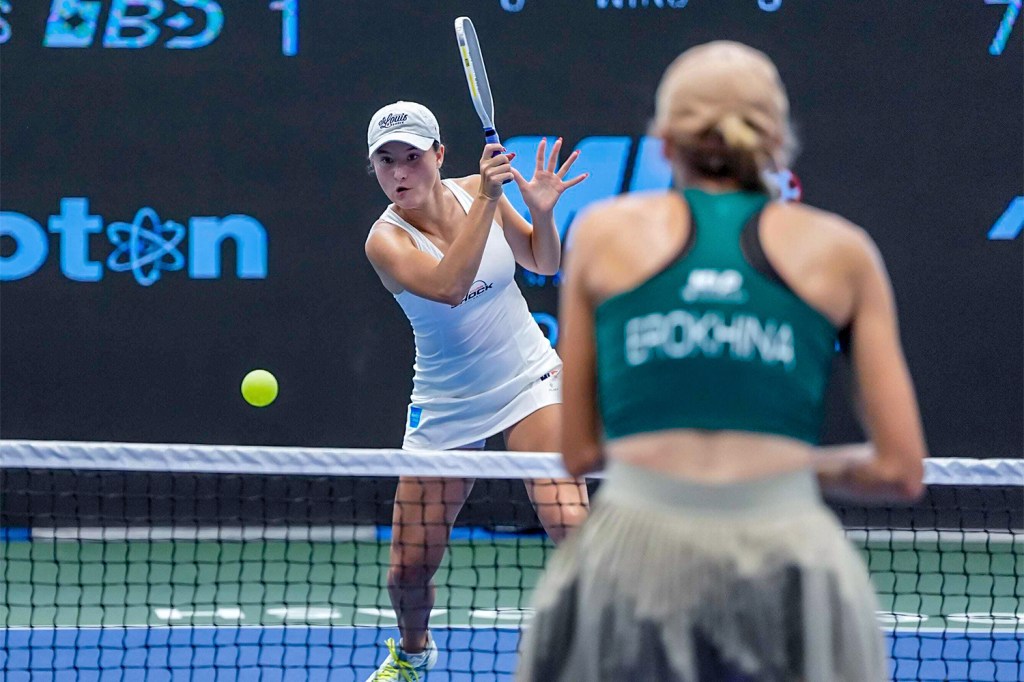The College Football Playoff is preparing for the first semifinals of its newly expanded, 12-team era.
After the debut of first-round home games and quarterfinal matchups played as part of New Year’s Six bowl games, the CFP is returning to familiar territory, as its first 10 editions were played among only four teams.
The Big Ten has been the dominant force in the CFP this year. After beating out all other conferences with four Playoff bids, the Big Ten still has two teams remaining. Penn State is set to face Notre Dame in the Orange Bowl on Thursday, and Ohio State will take on Texas in the Cotton Bowl on Friday.
The SEC had the second-most teams in the CFP with three bids after Alabama was the first team left out, in favor of SMU. Texas, however, is the lone SEC school remaining, along with Notre Dame, which is Independent.
Now, with an all–Big Ten final a real possibility, SEC commissioner Greg Sankey has started pushing for potential changes to the CFP’s structure next season. “I would hope there is interest,” Sankey told The Athletic while admitting he has “not had a lot of conversations yet about people’s interest in adapting.”
This season, the CFP selection committee awarded automatic bids to the five highest-ranked conference champions and the next seven highest-ranked teams. The four highest-ranked conference champions received first-round byes, even though Boise State was ranked No. 9 and Arizona State No. 12.
The CFP’s format is set for 2025 but not for 2026 and beyond. The CFP is governed by its management committee, consisting of 10 conference commissioners and Notre Dame’s athletic director, as well as a board of managers, comprising 11 university presidents and chancellors. Those leaders would have to approve any changes.
Seeding in the CFP has been a controversial issue, especially with all four top seeds losing in the quarterfinals after securing first-round byes. “We had looked at history, you never meant pulling seeds from outside the [top] 10 really into the top four in this format,” Sankey said. “And that’s now happened. Those are learning experiences, and that informs adaptation. And we’ve got a responsibility to have what I would consider is a competitive and fair format.”
Aside from format changes, expansion could be on the horizon, too, as growing to 14 teams has previously been discussed.

















